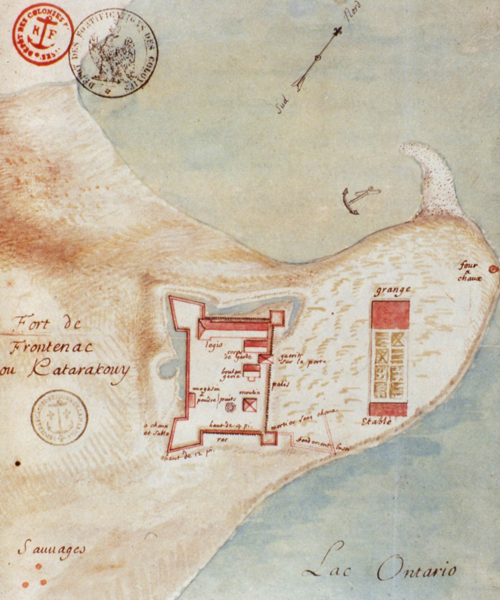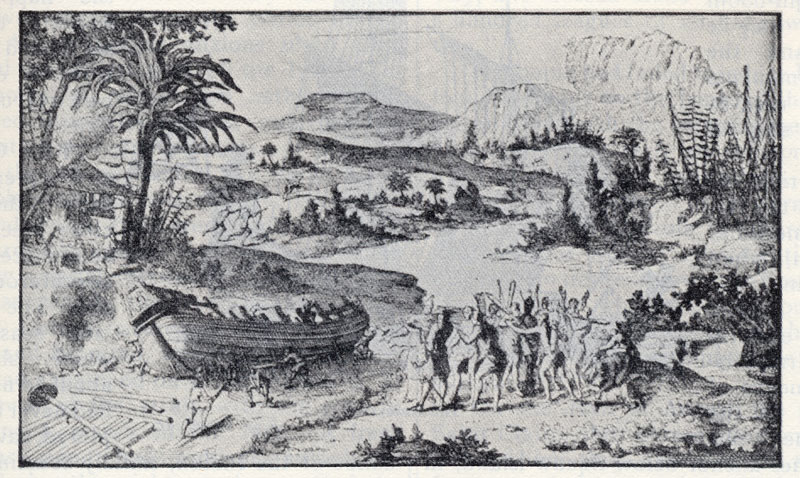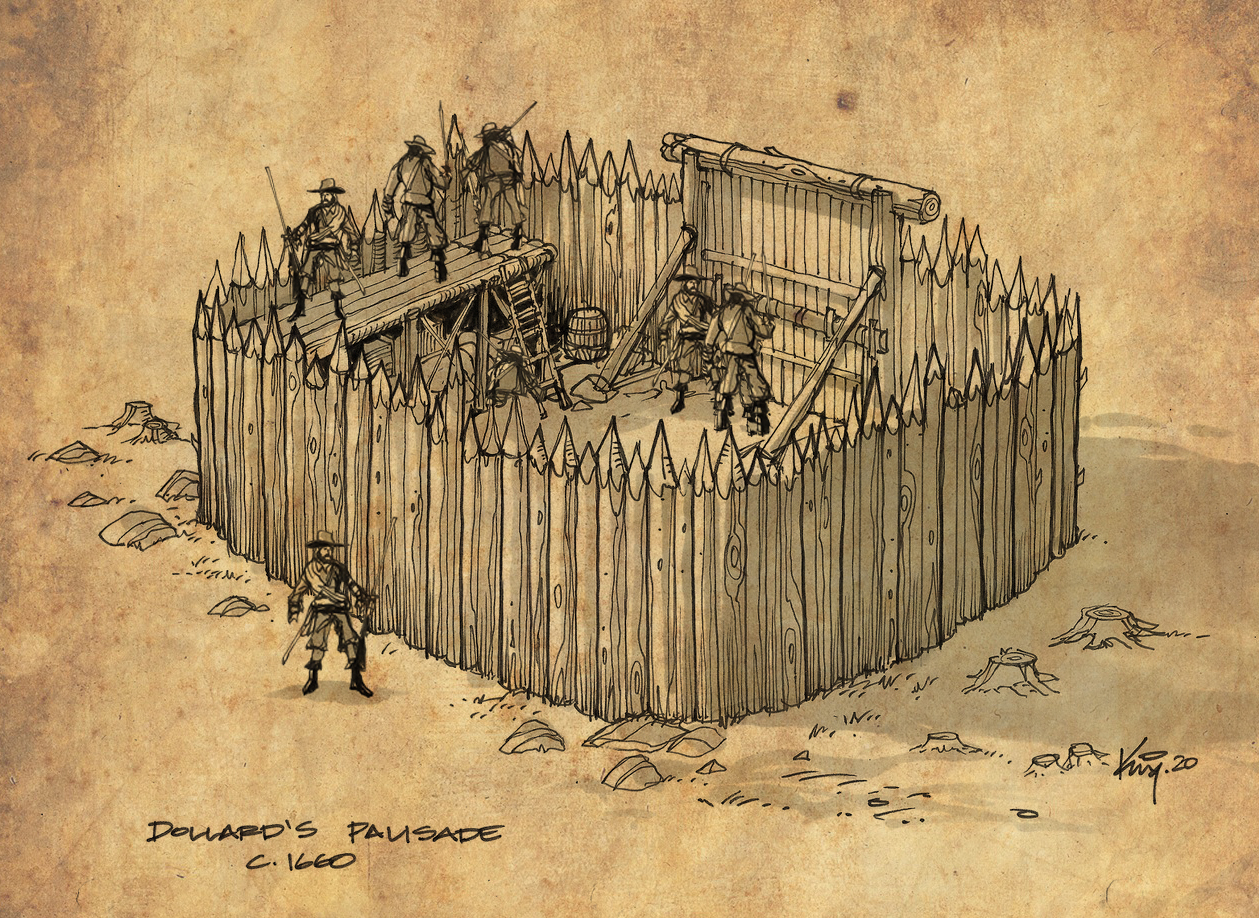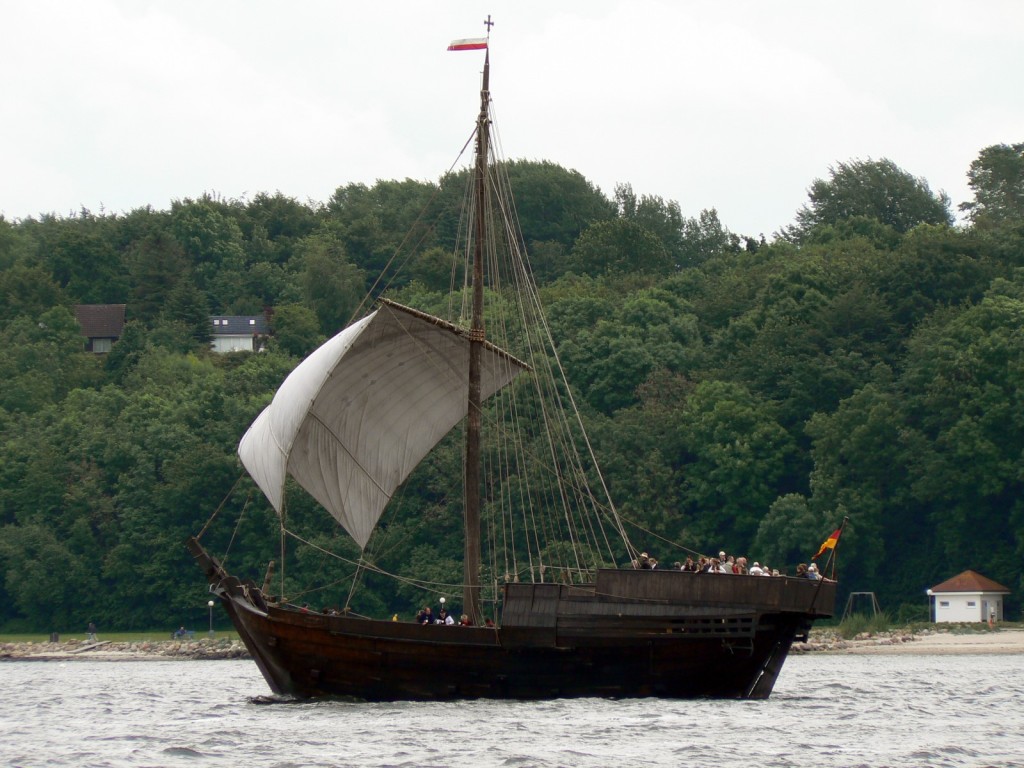
The “Medieval Period” lasted from the 5th to the late 15th century, and within that time frame the period known as the “Viking Age” spanned from the late 8th to late 11th century. The Vikings were seafaring Norse people from southern Scandinavia (present-day Denmark, Norway and Sweden) that explored westward to Iceland, Greenland, and to what is now Newfoundland & Labrador. The “discovery” of North America by these hardy Norse explorers was finally substantiated when Norwegian husband-wife team of explorer Helge Ingstad and archaeologist Anne Stine Ingstad uncovered a Norse settlement at L’Anse Aux Meadows in Newfoundland. Their study of Icelandic sagas—Eirik the Red’s Saga, Saga of the Greenlanders, described how the Norse left Scandinavia and started to explore lands to the west of Greenland only a few years after settlements were established.
The stories, or “sagas” as they are called, describe that in 985AD while sailing from Iceland to Greenland with a migration fleet consisting of 400–700 settlers and 25 ships (14 of which completed the journey) a merchant named Bjarni Herjólfsson was blown off course, and after three days’ sailing he spotted a land west of the fleet. Bjarni was only interested in finding the farm of his father, but he described his discovery of this new land to Leif Erikson who explored the area in more detail and planted a small settlement fifteen years later, which puts Europeans in North America in 1000AD.

The sagas describe three separate areas discovered during this exploration: Helluland, which means “land of the flat stones”; Markland, “the land of forests” and Vinland, “the land of wine”, found somewhere south of Markland. It was in Vinland that the settlement described in the sagas was founded, and which is thought to be somewhere in the Atlantic provinces of Canada, although their main settlement, “Hop” has yet to be found.

What was discovered in 1960 was a temporary Norse boat repair encampment at L’Anse Aux Meadows, Newfoundland. They found some rivets, iron slag chunks, and some bone items, but nothing too indicative of “Viking” swords or amour. During archeological excavation butternuts were unearthed but have never been native to Newfoundland. This means that the inhabitants of this camp ventured further south, likely into New Brunswick or Nova Scotia, but no new evidence has yet been found, nor has any expedition been ignited to find the true Vinland/Hop settlement of these Norse sagas. Norse settlement of what is now Canada would end quickly as they battled indigenous inhabitants and harsh weather, departing our shores only ten years after building a settlement. The “Viking Age” would end one hundred years later around 1100AD. So what are European artifacts from 1250AD, the Medieval Period, doing in the Canadian Museum of History?
Let’s take a closer look.
MEDIEVAL SWORDS AND ARMOUR
Without being able to visit museums in person, I enjoy exploring the various museum artifacts inside the museum online. A casual search turned up some interesting artifacts I’ve never seen before, of which I will share with you below. I think they blow out of the water anything that was ever found in Newfoundland. These revealing artifacts were found on Baffin Island sometime in the last 45 years.
The artifacts are carbon dated to be from around 1250AD and include sword blades, chain mail, oak barrels, wooden boxes, iron and copper, knives, and woven cloth. They are catalogued simply as “Norse” under “origin” but we are told that the Norse left what was North America hundreds of years before that date. One explanation states that the Norse continued to travel to trade with the Inuit inhabitants of Baffin Island at that time. So it seems that it wasn’t Vikings, but medieval Europeans who brought an assortment of items found recently on Baffin Island. Did we have other European visitors prior to Cabot, Cartier and Champlain? Seems so, but their story has yet to be told in greater detail. In the meantime, let’s check out these items from over 700 years ago.
THE ARTIFACTS
- IRON BLADE: OBJECT NUMBER: SgFm-4:2 MEASUREMENTS: Length 68.4 mm, Width 47.0 mm, Thickness 4.5 mm. Date made: Unknown.
2. PINE SHAFT:
DATE MADE: Circa A.D. 1250-1500
OBJECT NUMBER: PgHb-1:8483 Length 104.4 mm, Width 27.0 mm, Thickness 17.1 mm

3. IRON WEDGE. Circa A.D. 1250
OBJECT NUMBERSfFk-4:2812
Length 67.7 mm, Width 22.2 mm, Thickness 11.9 mm
4. WHALE BONE IRON AWL:
Circa A.D. 1250
OBJECT NUMBER SgFm-4:2239 Length 71.0 mm;:mm, Width 30.4 mm;:mm, Thickness 19.5 mm;:mm
5. CLOTH FRAGMENT: Circa A.D. 1200
OBJECT NUMBER SfFk-4:1234
Water transportation accessory: Mammal wool
MEASUREMENTS Length 135.0 mm, Width 105.0 mm, Thickness 11.5 mm
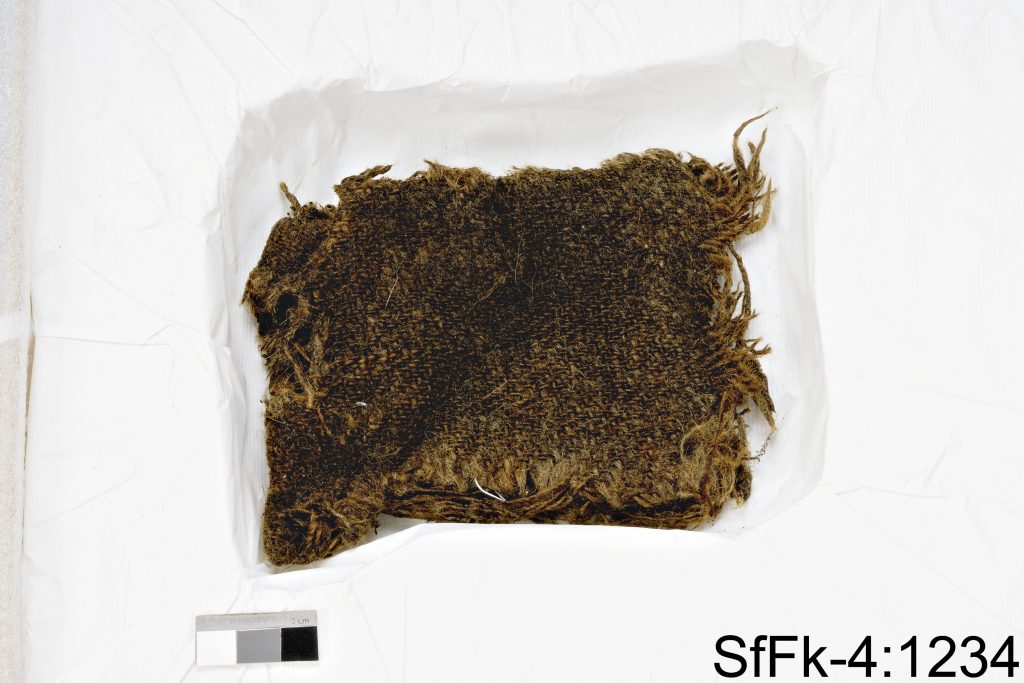
6. SWORD BLADE: Circa A.D. 1200
OBJECT NUMBER SfFk-4:1184
Armament edged Length 99.3 mm, Width 37.4 mm, Thickness 6.3 mm
7. IRON RIVET:
Circa A.D. 1200
OBJECT NUMBER SfFk-4:2816
ACTIVITY Shipbuilding
Length 38.7 mm, Width 17.9 mm, Depth 18.4 mm, Thickness 5.1 mm

8. OAK BOX
Circa A.D. 1260
OBJECT NUMBERSgFm-4:351
Length 183.0 mm, Width 110.0 mm, Thickness 14.8 mm

9. OAK BARREL:
Circa A.D. 1260
Length 169.0 mm, Width 52.5 mm, Thickness 20.2 mm, Outside Diameter 210 mm
10. IRON AND BONE KNIFE:
Late 13th Century
OBJECT NUMBER SfFk-4:193 Iron, Muskox horn Length 153.9 mm, Width 19.1 mm, Depth 9.3 mm, Thickness 9.3 mm
11. BRONZE BALANCE:
Circa 14th Century
OBJECT NUMBER SlHq-3:4
Length 146.0 mm, Width 8.0 mm, Thickness 7.2 mm

12. BRONZE BOWL:
Circa A.D. 1250-1500
OBJECT NUMBER: RbJu-1:269 Length 101.7 mm, Width 68.9 mm, Thickness 2.4 mm
13. PINE PLANE
Circa A.D. 1260
OBJECT NUMBER SfFk-4:3502 Length 206.0 mm, Width 52.6 mm, Depth 31.0 mm, Thickness 31.0 mm

14. IRON CHAINMAIL:
A.D. 1260’s
OBJECT NUMBER: SfFk-4:2
body armour, Height 25.6 mm, Length 53.0 mm, Width 36.7 mm, Thickness 25.0 mm

15. PINE FIGURINE:
Circa A.D. 1250-1300
OBJECT NUMBER KeDq-7:325
Length 53.8 mm, Width 18.7 mm, Thickness 9.4 mm

SUMMARY
With the above artifacts representing a definite presence of medieval Europeans on Canadian soil in the 13th century, we have to speculate why they were here, and where exactly they came from. Were they trading with the Inuit for whale bone and other supplies? Did the Norse set up another settlement in North America after leaving 200 years before? The shipbuilding related artifacts suggest they had a presence for sometime, and not just a meet and greet, hello/goodbye visit. Were these 13th century medieval knights on a new crusade to the New World to expand their realm? What other artifacts are out there?
This treasure trove of unique artifacts might just be the tip of the iceberg, so to speak, with other items waiting to be found on Arctic shores, or even further south where they perhaps found their pine and oak wood for these items. Unfortunately, most of these revealing artifacts of a medieval presence in Canada lie in storage and the full story has yet to be told. Maybe someday we will find more pieces to this vast puzzle called history, and soon we will snap together a more detailed story as to what our medieval guests were up to.
Andrew King, January, 2021
SOURCES:
ALL ARTIFACT IMAGES AND INFO FROM: Canadian Museum of History Online Archives: https://www.historymuseum.ca/collections/search-results/?q=norse&per_page=25









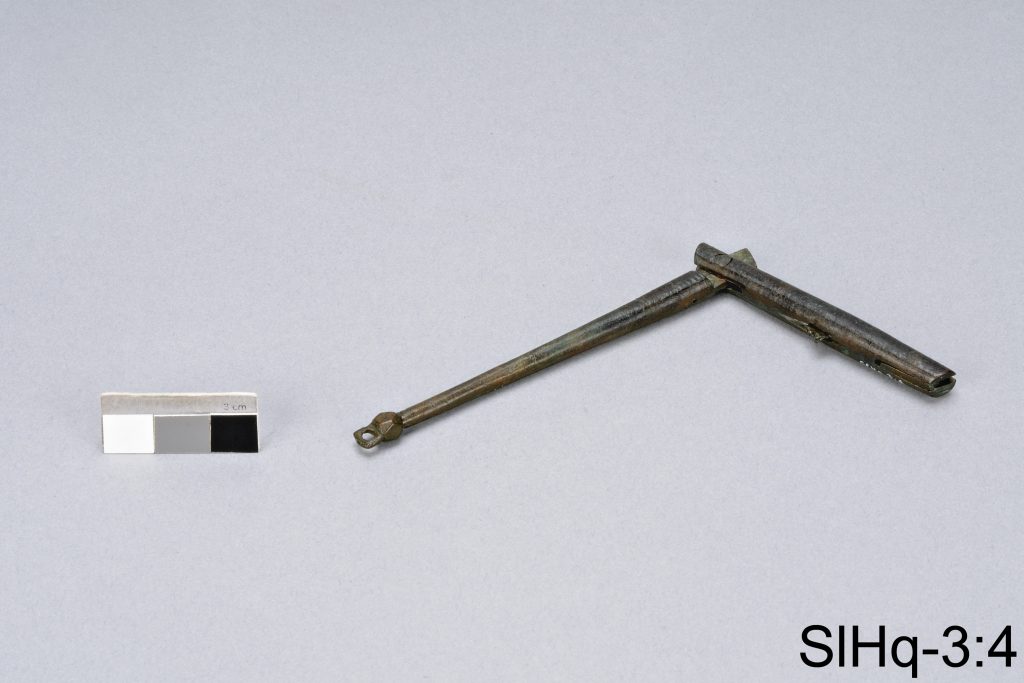
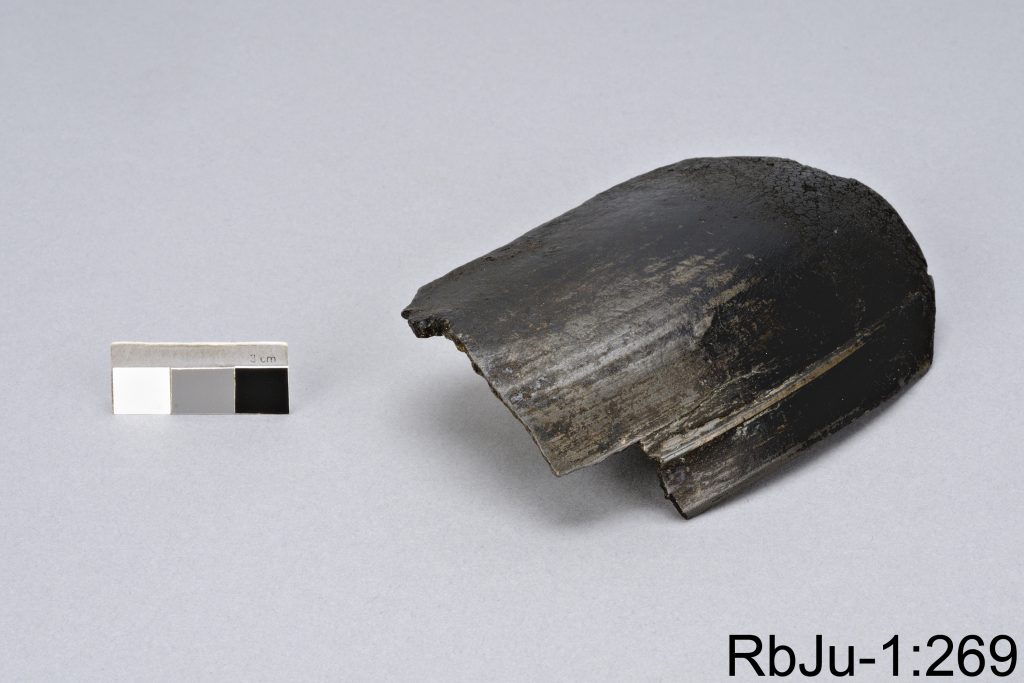









































































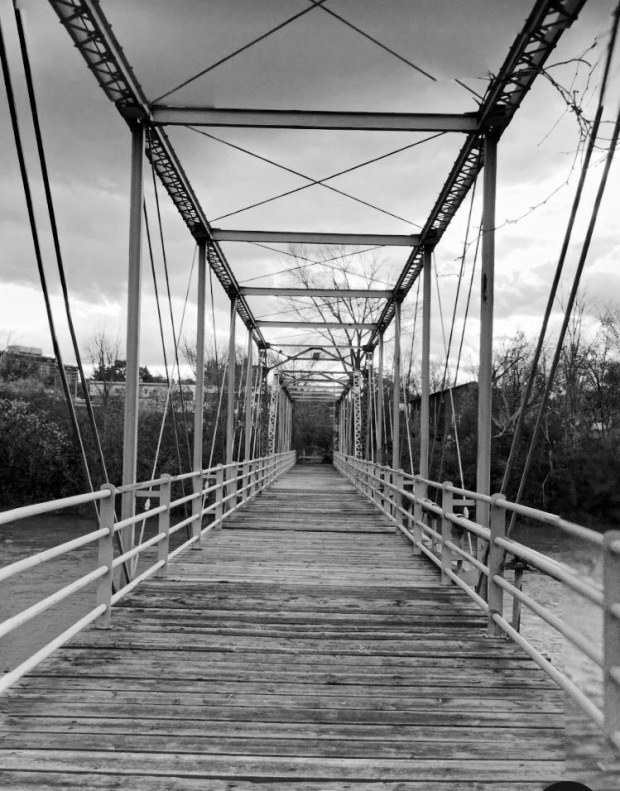
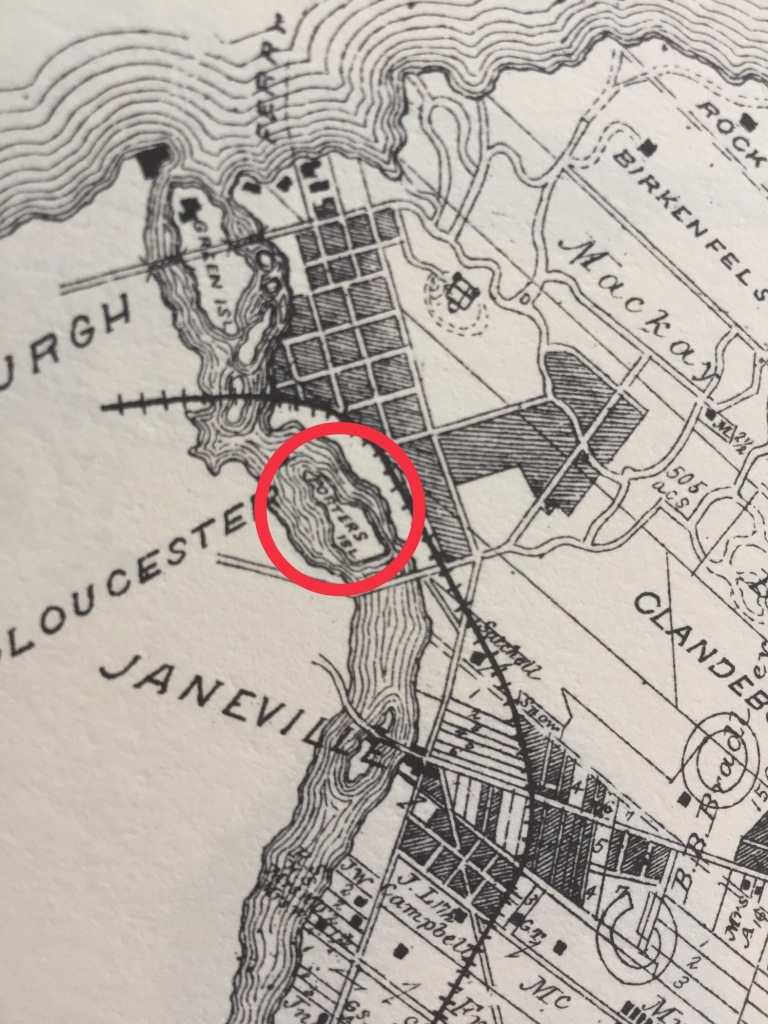






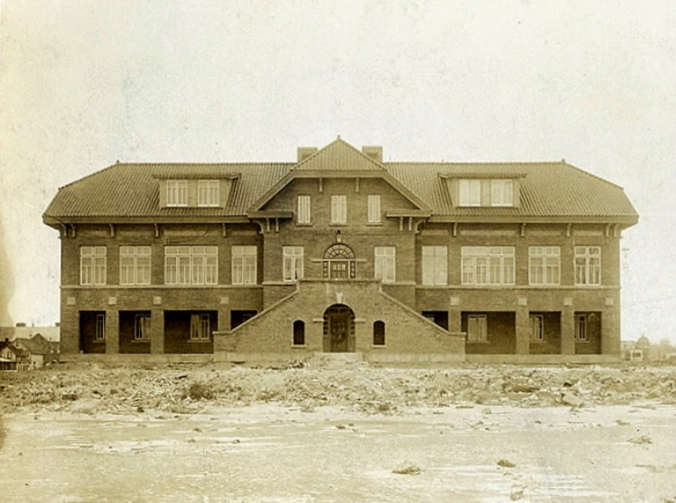









 These were three cartoon chracters that represented the “hunger munchies” one gets for salty snacks. Widely successful, the Munchies became the brand image for Hostess, and were placed on their chip bags, except for Hickory Sticks, that opted for the wood-grain motif on their packaging.
These were three cartoon chracters that represented the “hunger munchies” one gets for salty snacks. Widely successful, the Munchies became the brand image for Hostess, and were placed on their chip bags, except for Hickory Sticks, that opted for the wood-grain motif on their packaging.







 THE FIRST SHIP
THE FIRST SHIP